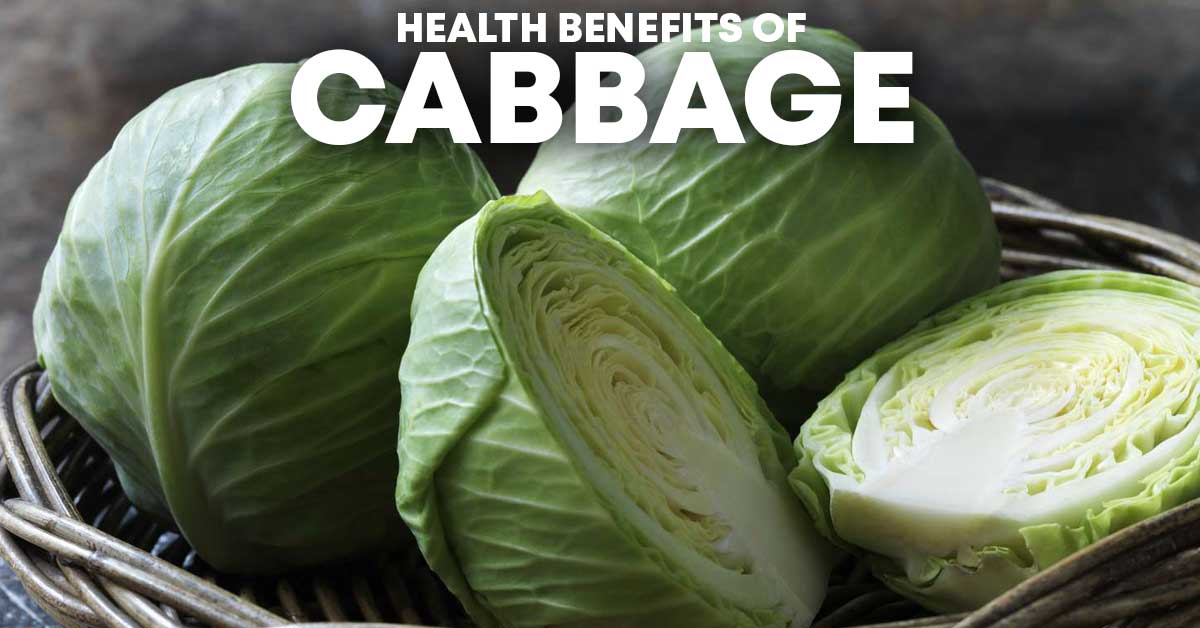Leafy green vegetables are some of the most nutrient rich foods you can add to your diet. A great pick among them is cabbage!
While cabbage and lettuce can frequently bagged together in salad mixes, the two are distinctly different. The health benefits and versatility of cabbage are greater than you may realize, making it a fine addition to your shopping list.
Uses of Cabbage Besides Eating it Raw
Let’s get this out of the way – you do not have to eat cabbage raw in its leafy form.
Coleslaw is the culmination of mixing cabbage with mayonnaise and a few other ingredients to make a dish that people seem to either love… or are disgusted by.
Making sauerkraut requires little more than cabbage, salt, and time. Sauerkraut is essentially fermented cabbage where the nutrients are already broken down, making them easier to digest.
Cabbage is flexible because you can steam, boil, saute, stir-fry, or bake it. Adding chopped pieces of cabbage to a soup or stew can also be a great choice.
Digestion
Because cabbage is a great source of fiber, it can be helpful in maintaining regular bowel movements. All of this fiber can also help you feel more “full” which in turn can keep you from overeating.
Cabbage also is packed with nutrients to support your gut health via healthy bacteria.
Heart Health
The presence of flavonoids in cabbage, particularly red cabbage, could lessen your risk for blood clots. There are plenty of berries that make great sources of flavonoids as well. This decreased risk of blood clots could lower your overall risk of cardiovascular disease and potentially aid in lowering blood pressure.
Plenty of Nutrients
The USDA National Nutrient Database reports a half cup of shredded cabbage contains ½ gram of protein, 30 to 35% of your daily vitamin C, about 75% of daily vitamin K, and 11 milligrams of magnesium. Additionally, it has some vitamin B-6, calcium, and potassium.
Typically, red cabbage is regarded as being more nutrient rich than green cabbage – but you can not go wrong with either.
What is in the Cabbage “Family” of Vegetables?
While cabbage is commonly incorrectly associated with being a form of lettuce, cabbage in itself has an entire family of green vegetables (the technical name is Brassicaceae). Some of these vegetables come on a stalk, so you may have never associated them with cabbage.
Here are a few of the most common:
– Green cabbage
– Red cabbage
– Bok choy
– Brussel sprouts
– Kale


